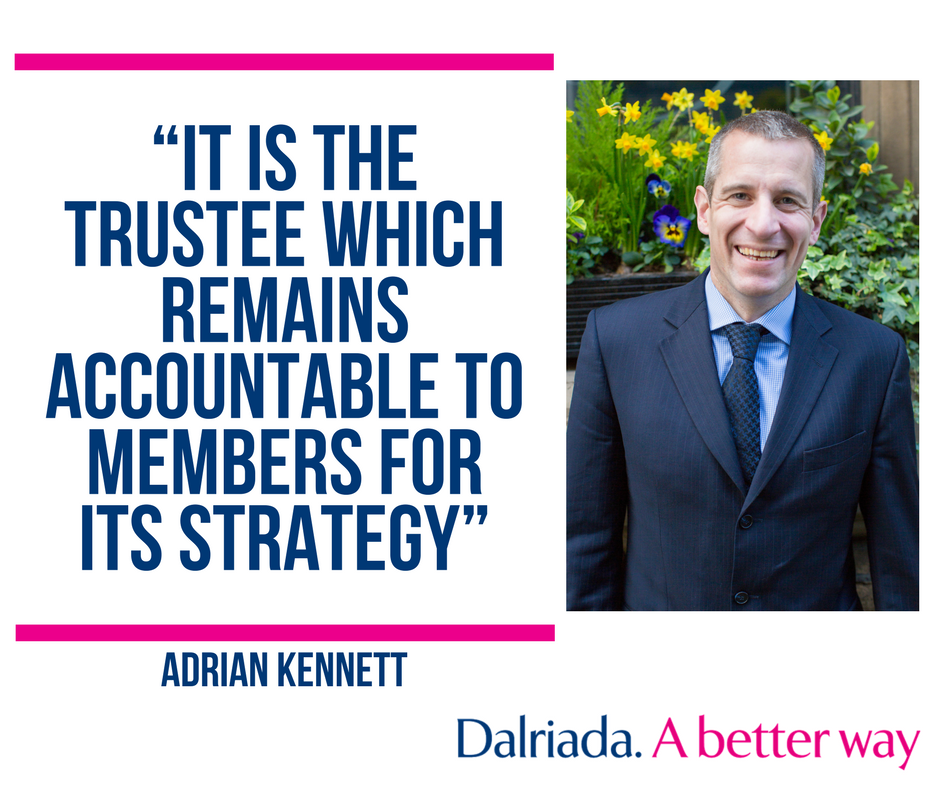Normally a great fan of FT Adviser – and their excellent, independent journalists – I was horrified at the recent “Guide to Structured Products” (particularly the section on how risky they are by Craig Rickman).

Noting that this article can be used towards CPD credits, I was astonished that so little attention was paid to the toxic legacy of so many structured notes since 2008. And how Rickman has failed to mention the many thousands of lives which have been ruined – as well as how many people have died or taken their own lives because of being sold these products by unscrupulous con men masquerading as advisers.
It is not just the rogue advisers who are at fault for flogging structured notes to their unsuspecting victims – it is the life offices such as Old Mutual International who offer them on their platforms of toxic investment rubbish (including such snorters as LM, Axiom, Premier New Earth, Kijani and Quadris Forestry).
Rickman refers to “lessons learned” and quotes how a high street bank was fined £1.5m in 2012 for flogging so-called capital-guaranteed structured products in the UK. Of course, the reality was (and is) that there is no such thing as a fool-proof capital guarantee. It is all just a question of relative risks. But the scammers just love the phrase “capital guarantee” because it virtually guarantees their victims won’t question the investments in such products. And when the losses start to appear, the advisers will fob the victims off with the well-worn phrase “don’t worry – it’s just a paper loss”. By the time the structured notes mature and the losses are crystalised, the adviser is long gone.
It is a great shame that Rickman omits any mention of the huge offshore scandal which has been going on since around 2008. This consists of a cartel of rotten-to-the core life offices including OMI (IoM and Ireland), SEB, Generali and various other members of AILO (Association of International Life Offenders). These AILO members have been promoting and facilitating international financial crime for almost a decade and have made vast fortunes out of their evil trade.
Of course, high-risk structured notes have played a major part in this worldwide crime. These products – particularly those flogged by Commerzbank, Royal Bank of Canada, Nomura, Leonteq and BNP Paribas – were routinely sold through armies of unlicensed, unqualified “chiringuitos financieros” (financial scammers) so that thousands of unsuspecting victims could be relieved of their life savings. The ultimate goal was, naturally, the huge commissions paid to line the scammers’ pockets.
I once tried to get my head round exactly how structured notes work and I asked a senior manager from one of the providers to give me a couple of hours to get me up to speed. The only thing I knew for sure about structured notes was that they were routinely abused by scammers such as Continental Wealth Management. And that victims would typically lose half their life savings – and sometimes more (much more).
The structured note expert was doing well with me as his pupil for about five minutes as he gave me a broad introduction. Then, sadly, he switched from English to Japanese, then Serbo Croatian, Icelandic and Māori . By the time he changed to Xhosa, I am afraid I was a lost cause. But I had a nice time checking out my Facebook while he gabbled on. I am no expert by a long way – but I think I know a wee bit more than the average man on the street. And I think my conclusion that structured notes should never be used for retail, unsophisticated investors is correct. In fact, that is what it almost always says on the tin:
- Not for retail distribution
- For professional investors only
- Due to the complex nature of these products, investors should be made aware of the risk of loss of part or all of the capital
And then there is what isn’t on the tin:
- Offered by bent life offices such as Old Mutual International who do no due diligence or “asset reviews” on such products
- Routinely used by scammers because they love the concealed high commissions
- Have caused hundreds of millions of pounds’ worth of losses in the past ten years
Old Mutual International – lover of all unlicensed, unqualified scammers across the globe – is now suing Leonteq for £94 million worth of toxic structured notes. The widespread use of these products has resulted in devastating losses – and victims have died as a result.
Ironically, OMI aboss Peter Kenny is quoted as saying: “I would encourage all industry participants to work together to eradicate poor practices once and for all.” And for once I agree with him – shutting down OMI altogether would be a great start.
Any investment is only ever as good as the quality of the advice given to the investor. Whether it is a structured note (e.g. Leonteq); a fund (e.g. Woodford Equity Income fund); a bond (e.g. London Capital & Finance); property (e.g. Dolphin Trust); an EIS (e.g. Guy Myles‘ Octopus) or the local bookmaker.
How risky are structured products – and fireworks? And how good, safe and suitable are they?
When I say “good” I mean “suitable“. And there’s the rub: what is claimed to be suitable by so many so-called advisers is actually suitable for their own pockets but totally unsuitable for their clients. Of course, another problem is that there are armies of firms which call themselves advisers but don’t have an investment license. They claim that they can give investment advice with an insurance license so long as they con their victims into using an expensive, pointless insurance bond (such as OMI, SEB, Generali, RL360, Friends Provident etc) and then pick from the many toxic investments offered on the bond provider’s platform.
I like comparing structured notes to fireworks. They both need to be handled with great care and should only be used by those qualified and authorised to deploy them. With fireworks in the UK, every year thousands of people are injured and end up in hospital with scars which will last a lifetime. With structured notes, thousands people are suffering from the loss of their life savings. There have been deaths and suicide attempts – and there will inevitably be more.
Journalists – especially financial reporters – have a duty to inform and warn the public. It is a great pity that Craig Rickman of FT Adviser has missed such an excellent opportunity to expose this rotten sector of the financial services industry. If this article qualified for CPD credits, then he also missed a golden opportunity to help financial services professionals learn to protect consumers from the dangers of structured products – and the scammers who peddle them.


